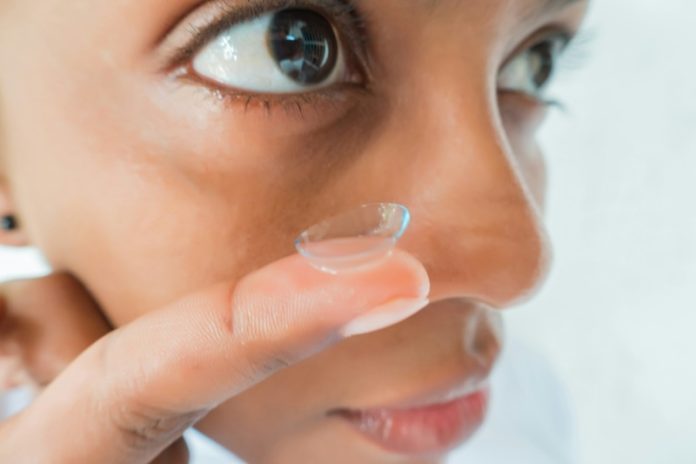
Diabetic retinopathy is a serious eye condition that can affect people with diabetes.
It happens when high blood sugar levels damage the blood vessels in the retina, the part of the eye that detects light and sends signals to the brain.
This can lead to vision problems and even blindness if not managed properly. Here’s a straightforward guide on how to reduce the risk of diabetic retinopathy, backed by research.
One of the most important ways to lower the risk is to keep blood sugar levels under control. High blood sugar can damage the tiny blood vessels in the retina over time.
By managing your blood sugar levels through a healthy diet, regular exercise, and medication if needed, you can help protect your eyes. Research shows that maintaining good blood sugar control can significantly reduce the risk of diabetic retinopathy.
Aim for a stable blood sugar level as close to the target range as possible, as recommended by your doctor.
Regular eye check-ups are crucial for early detection and management of diabetic retinopathy. It’s recommended that people with diabetes have a comprehensive eye exam at least once a year.
During this exam, an eye doctor can detect early signs of retinopathy and provide treatment to prevent it from getting worse. Studies have shown that regular eye exams and timely treatment can prevent up to 90% of severe vision loss from diabetic retinopathy.
Blood pressure management is also essential. High blood pressure can worsen the damage to the blood vessels in the retina, increasing the risk of retinopathy. Keeping your blood pressure within the recommended range can help reduce this risk.
Research indicates that controlling blood pressure can slow the progression of diabetic retinopathy. Lifestyle changes like reducing salt intake, exercising regularly, and taking prescribed medications can help keep blood pressure in check.
Cholesterol levels play a role as well. High cholesterol can contribute to the development of fatty deposits in the blood vessels, including those in the eyes.
Managing cholesterol through a healthy diet, regular physical activity, and medication if necessary can help protect your eyes. Studies show that lowering bad cholesterol (LDL) levels can reduce the risk of diabetic retinopathy progression.
Quitting smoking is another important step. Smoking can increase blood pressure and blood sugar levels, both of which are risk factors for diabetic retinopathy. Additionally, smoking can reduce blood flow to the retina and exacerbate eye problems.
Research has found that smokers with diabetes are more likely to develop retinopathy than non-smokers. Quitting smoking can improve overall health and reduce the risk of eye complications.
Maintaining a healthy diet is also key. A diet rich in fruits, vegetables, whole grains, and lean proteins can help manage blood sugar levels, blood pressure, and cholesterol.
Specific nutrients, like omega-3 fatty acids found in fish, and antioxidants found in colorful fruits and vegetables, can support eye health. Research suggests that a balanced diet can play a significant role in reducing the risk of diabetic retinopathy and other complications of diabetes.
Regular physical activity helps in multiple ways. Exercise can help control blood sugar levels, lower blood pressure, and improve cholesterol levels.
Aim for at least 30 minutes of moderate exercise most days of the week, such as walking, swimming, or cycling. Studies show that regular physical activity can help manage diabetes and reduce the risk of retinopathy.
Managing stress is also beneficial. Stress can affect blood sugar levels and overall health. Techniques like mindfulness, meditation, yoga, and deep breathing exercises can help reduce stress and improve diabetes management.
Research indicates that managing stress effectively can contribute to better blood sugar control and lower the risk of diabetic retinopathy.
In summary, reducing the risk of diabetic retinopathy involves controlling blood sugar levels, having regular eye exams, managing blood pressure and cholesterol, quitting smoking, maintaining a healthy diet, staying physically active, and managing stress.
By taking these steps, people with diabetes can protect their vision and overall health. Simple lifestyle changes and regular medical care can make a significant difference in preventing this serious eye condition.
If you care about diabetes, please read studies about high vitamin D level linked to lower dementia risk in type 2 diabetes, and this eating habit could help reduce risk of type 2 diabetes.
For more information about nutrition, please see recent studies about unhealthy plant-based diets linked to metabolic syndrome, and results showing Mediterranean diet could help reduce the diabetes risk by 30%.
Copyright © 2024 Knowridge Science Report. All rights reserved.



